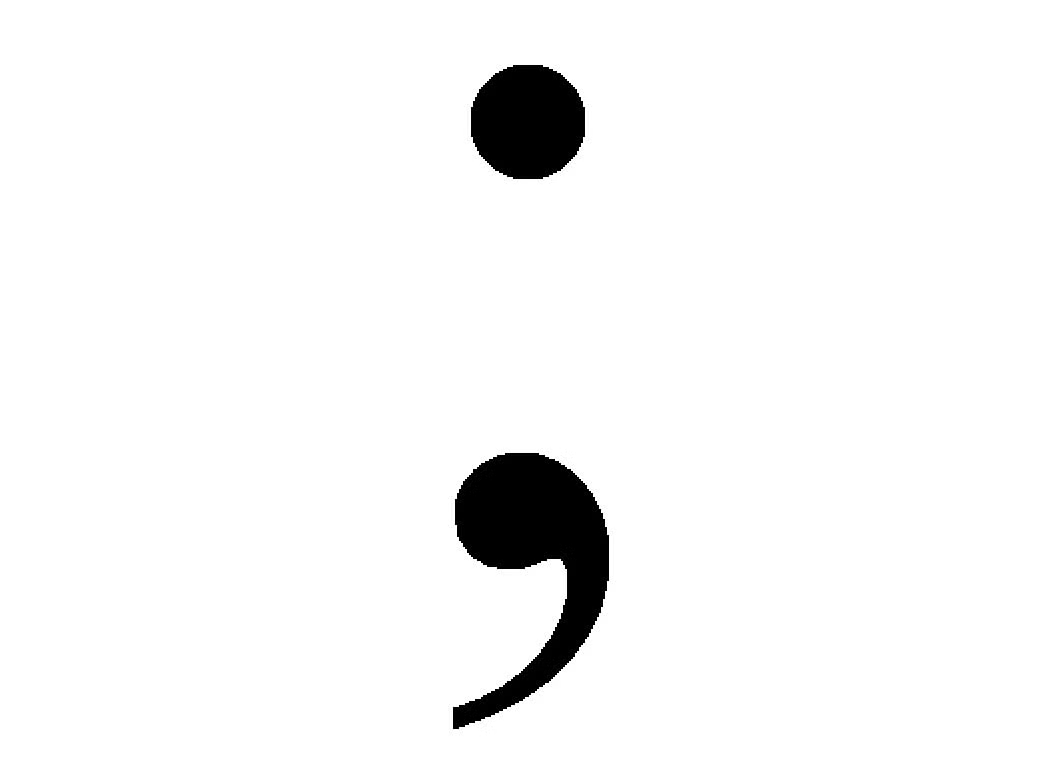In our last article, ‘How to Use the Semicolon: The Soft Separator’ , we explained how semicolons are used to create a close relationship between two related independent clauses. It’s useful to repeat here that the semicolon denotes a pause that is longer than a comma, but shorter than a full stop.
This article will discuss the second use of a semicolon. Semicolons can be used to create clarity in complex lists, especially when the comma is already in use. Many grammar blogs refer to this usage as a ‘mega-comma’ or ‘super-comma’.
And don’t forget, you can always watch Dr Lisa Lines’ video on how to use semicolons on our YouTube channel too.
Using Semicolons to Punctuate Complex Sentences
Some lists already have commas to join dependent clauses or phrases. In this case, a semicolon can be used to separate the elements in a complex sentence. Jane Austen punctuates Mrs Bennet’s dialogue with semicolons to permit some clarity within her characteristically long and rambling recount of events. For example:
‘Why my dear, you must know, Mrs. Long says that Netherfield is taken by a young man of large fortune from the north of England; that he came down on Monday in a chaise and four to see the place, and was so much delighted with it that he agreed with Mr. Morris immediately; that he is to take possession before Michaelmas, and some of his servants are to be in the house by the end of the week.’
The semicolons above break the dialogue into three distinct events: Netherfield has been sold to a wealthy man, he saw the place on Monday and he is taking possession of the property soon.
Semicolons create clarity in this list because commas are already being used to connect in phrases such as ‘Why my dear’.
Avoiding the Overuse of Complex Sentences
The semicolons are used to create a sense of Mrs Bennet’s breathless pace in speaking of Mr Bingley’s imminent arrival.
Although complex punctuation is useful, consider the difficulty a reader would experience in wading through an extended piece of writing in which complex sentences compound upon one another. These complex sentences have their place, but ensure you are being purposeful and prudent in your choice to punctuate this way.
Using Semicolons to Punctuate Complex Lists
Additionally, semicolons are useful when listing places. For example:
The Council is comprised of ten members: three from Sydney, Australia; four from Auckland, New Zealand; two from Suva, Fiji; and one from Honiara, Solomon Islands.
Commas are needed to separate city and country, so semicolons have been used to clearly separate each element in the list.
In the first article ‘Using Semicolons to Connect Independent Clauses’, we explained that semicolons are used in between two closely related independent clauses. This article demonstrated how semicolons are used in complex sentences and lists to separate elements. For information on using colons, you can our article ‘How to Use Colons Correctly’.





